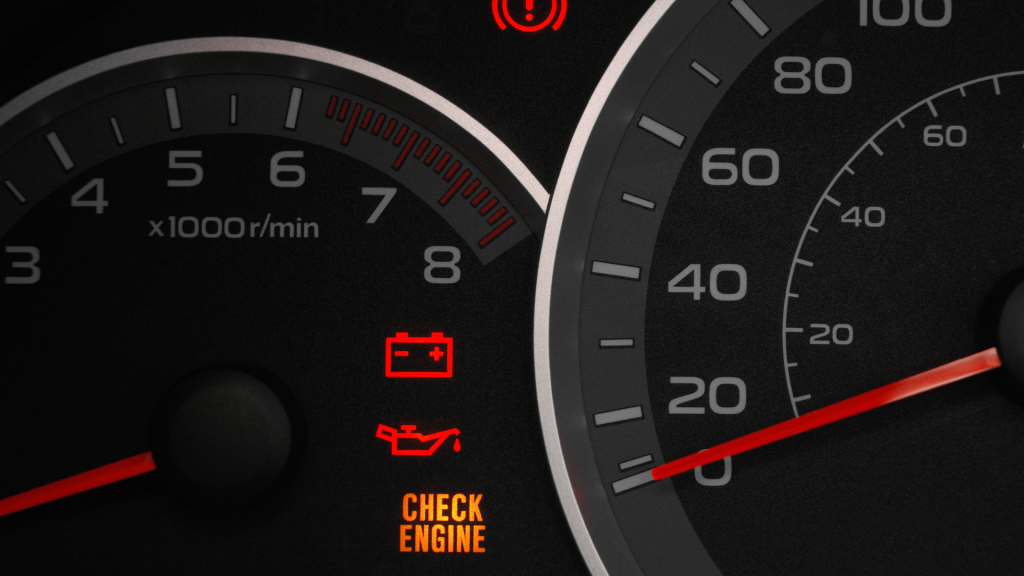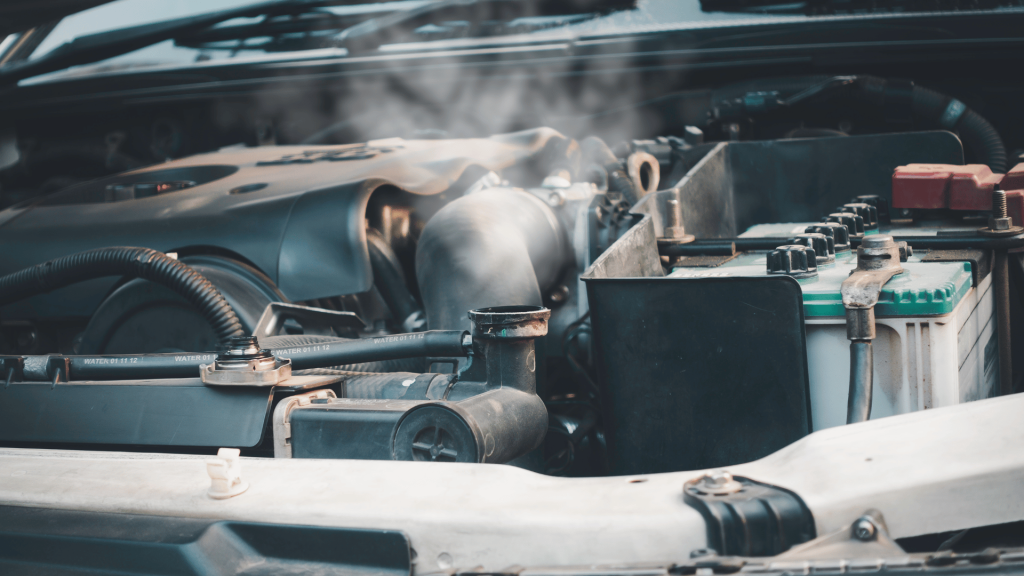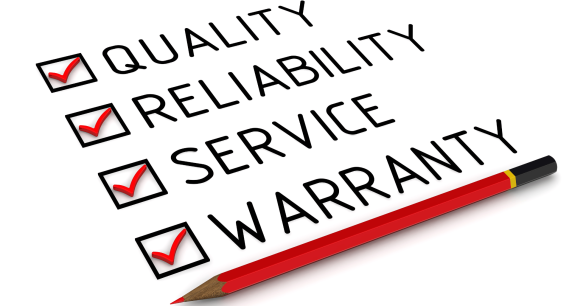5 Warning Signs Your Car Belt Needs Replacement

Your car’s belts might not be something you think about every day. But ignoring them can lead to a costly and unexpected breakdown.
The timing and serpentine belts are essential components that help your engine run smoothly. If they wear out or snap, you could be stuck on the side of the road or facing serious engine damage.
So, how do you know when it’s time for a replacement? Here five warning signs :

1.Squealing or Chirping Noises
Hearing a high-pitched squeal when you start the engine, accelerate, or turn on the A/C? That could be your serpentine belt.
This noise usually means the belt is slipping, misaligned, or has lost tension. It’s one of the first and clearest signals that the belt is worn out.
Did you know that the Ford Ranger 2.0L diesel Eco Blue engine uses a wet timing belt system? Unlike traditional dry belts, a wet timing belt runs inside the engine and is lubricated by engine oil. This design helps reduce noise and friction, improving efficiency and durability, but it also means regular maintenance is crucial, as belt degradation can affect the entire engine system if not monitored properly.

2.Cracks, Fraying, or Visible Wear
Take a peek under the hood (if your belts are visible). Look for:
- Cracks
- Frayed edges
- Missing chunks or ribs
- A shiny, glazed surface
These are signs the rubber is aging and the belt needs replacing before it fails.
 3.Dashboard Warning Lights
3.Dashboard Warning Lights
Seeing the battery or temperature warning light on your dashboard?
That might mean your serpentine belt isn’t powering the alternator or water pump properly. These lights could be your first clue that the belt is slipping or about to fail.
4.Electrical or Power Loss
A worn belt can affect your alternator’s ability to charge the battery. If you notice:
- Dim headlights
- Weak A/C
- Power windows are slowing down
This could be a sign the belt isn’t doing its job.
 5.Engine Overheating
5.Engine Overheating
Your belt helps power the water pump, which keeps your engine cool. If the belt slips or breaks, the engine can quickly overheat, leading to serious damage.
Overheating is one of the most dangerous effects of belt failure. Never ignore it.
When Should You Replace Your Belt?
Even if everything seems fine, most belts should be replaced between 60,000–100,000 km, depending on your vehicle model. Always check your car manual or ask your mechanic during routine servicing.
Replacing a worn belt is a simple, affordable fix. But ignoring the signs could leave you with a much bigger bill or, worse, a stranded car. If you’ve noticed any of the warning signs above, don’t wait. Book a quick inspection with your trusted workshop and keep your car running safely.

 3.Dashboard Warning Lights
3.Dashboard Warning Lights 5.Engine Overheating
5.Engine Overheating

